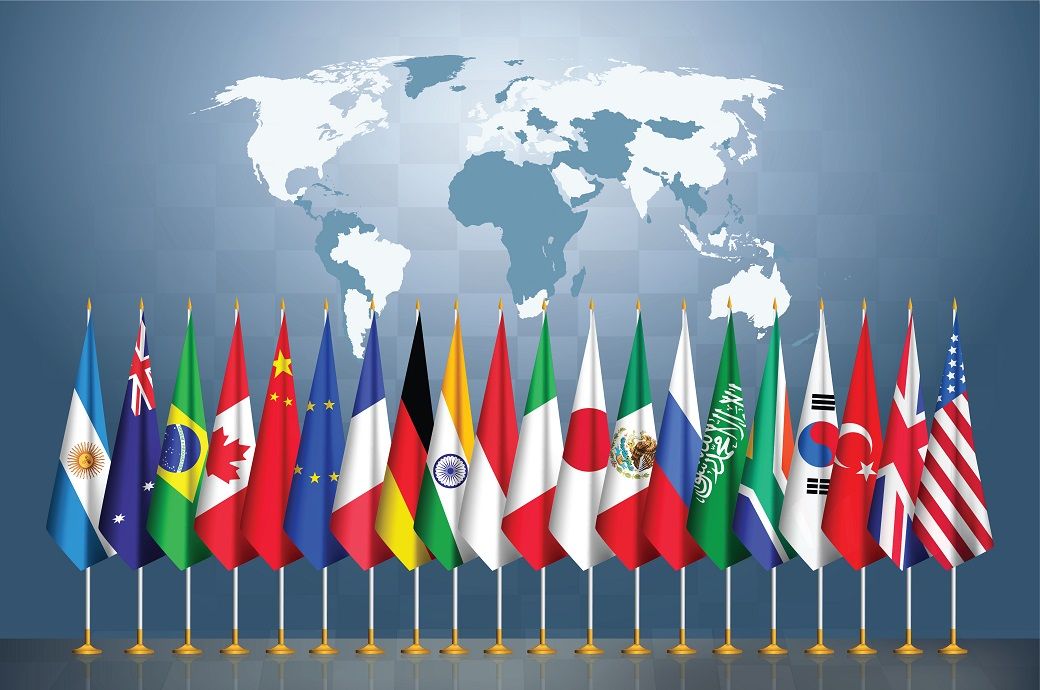

This equilibrium in trade growth was primarily the result of a strong recovery in East Asia, which offset the slowing momentum observed in Europe and North America. Notably, the US saw export growth come to a halt during this period, reflecting broader challenges in the global trade environment, the Organization for Economic Cooperation and Development (OECD) said in a press release.
In the European Union (EU), the trade landscape appeared more subdued, with exports falling by 0.6 per cent. This decline was largely attributed to a decrease in chemical product shipments. Meanwhile, EU imports saw a sharper reduction, decreasing by 1.8 per cent, signalling a contraction in demand for foreign goods within the bloc.
Contrastingly, East Asia experienced robust merchandise trade growth, driven in part by China's 0.6 per cent increase in exports. Japan and Korea also reported significant growth in their export sectors, with Korea, in particular, witnessing a surge in outbound trade. Additional positive developments were observed in Australia, Indonesia, and Brazil, where export growth contributed to the region's economic vitality.
Despite these quarterly signs of stabilisation, the G20 merchandise trade faced challenges over the entirety of 2023. The year saw a contraction in value terms, with exports and imports declining by 3.3 per cent and 5.5 per cent, respectively.
Fibre2Fashion News Desk (DP)